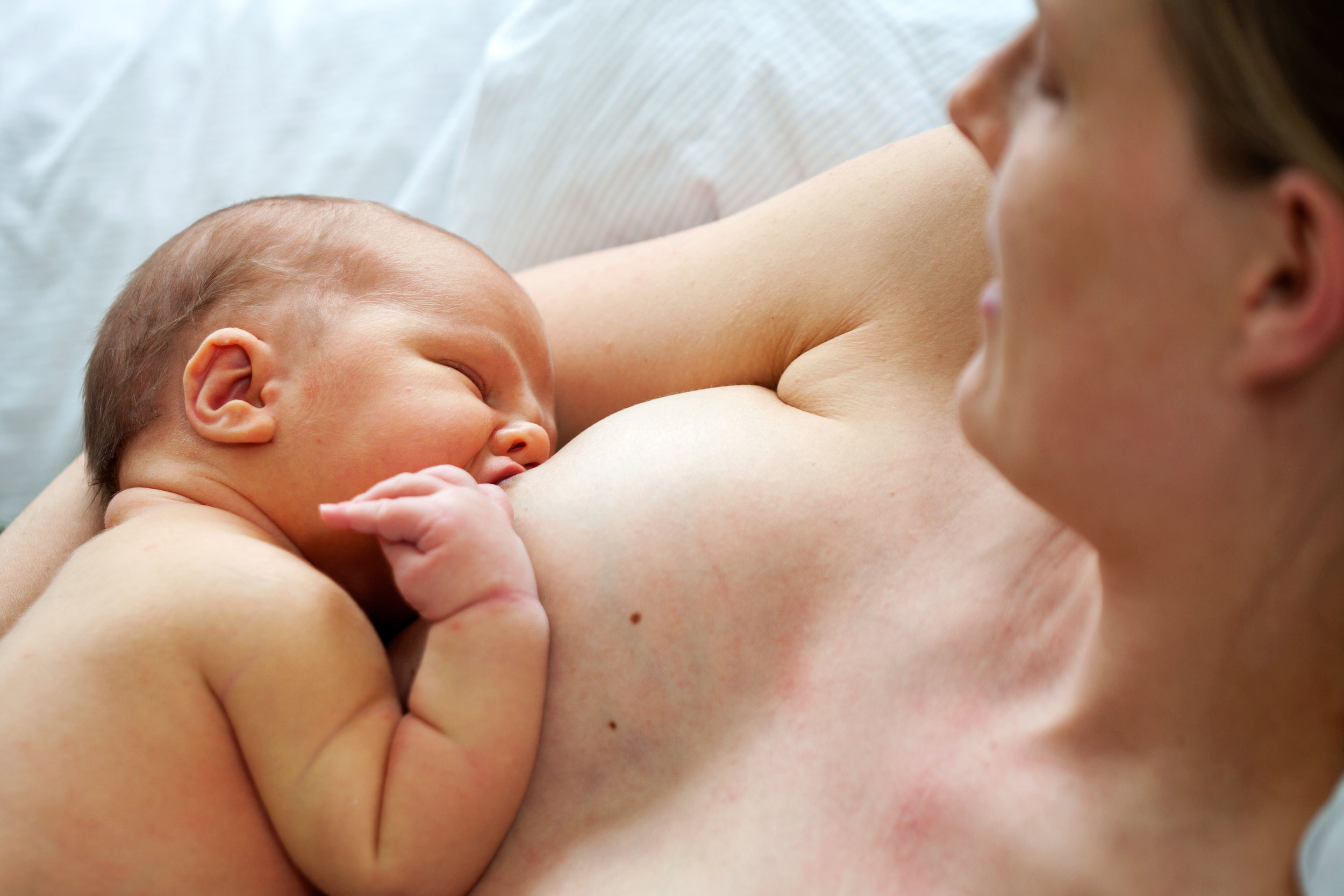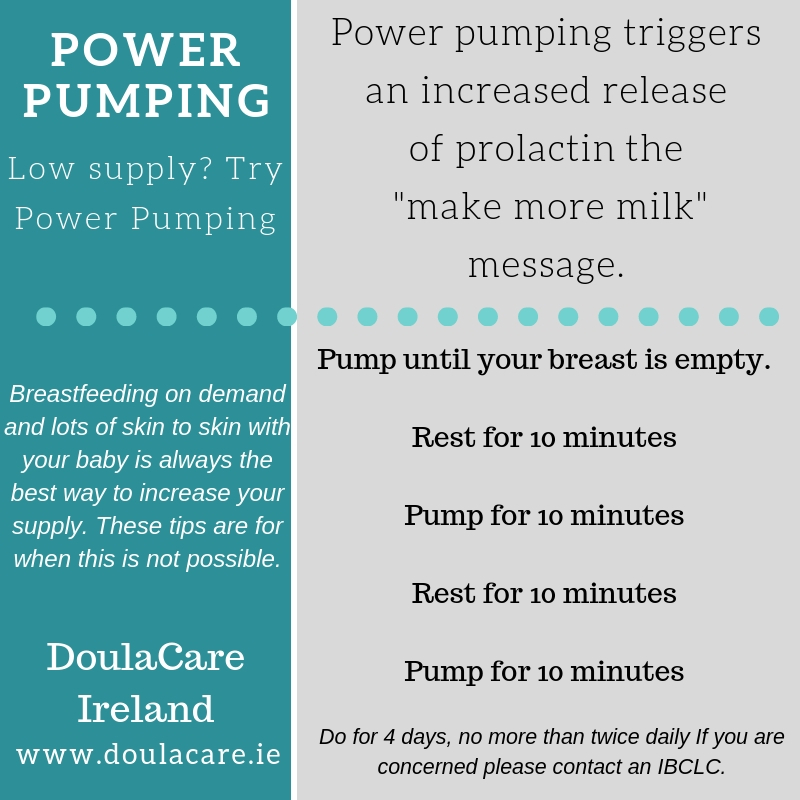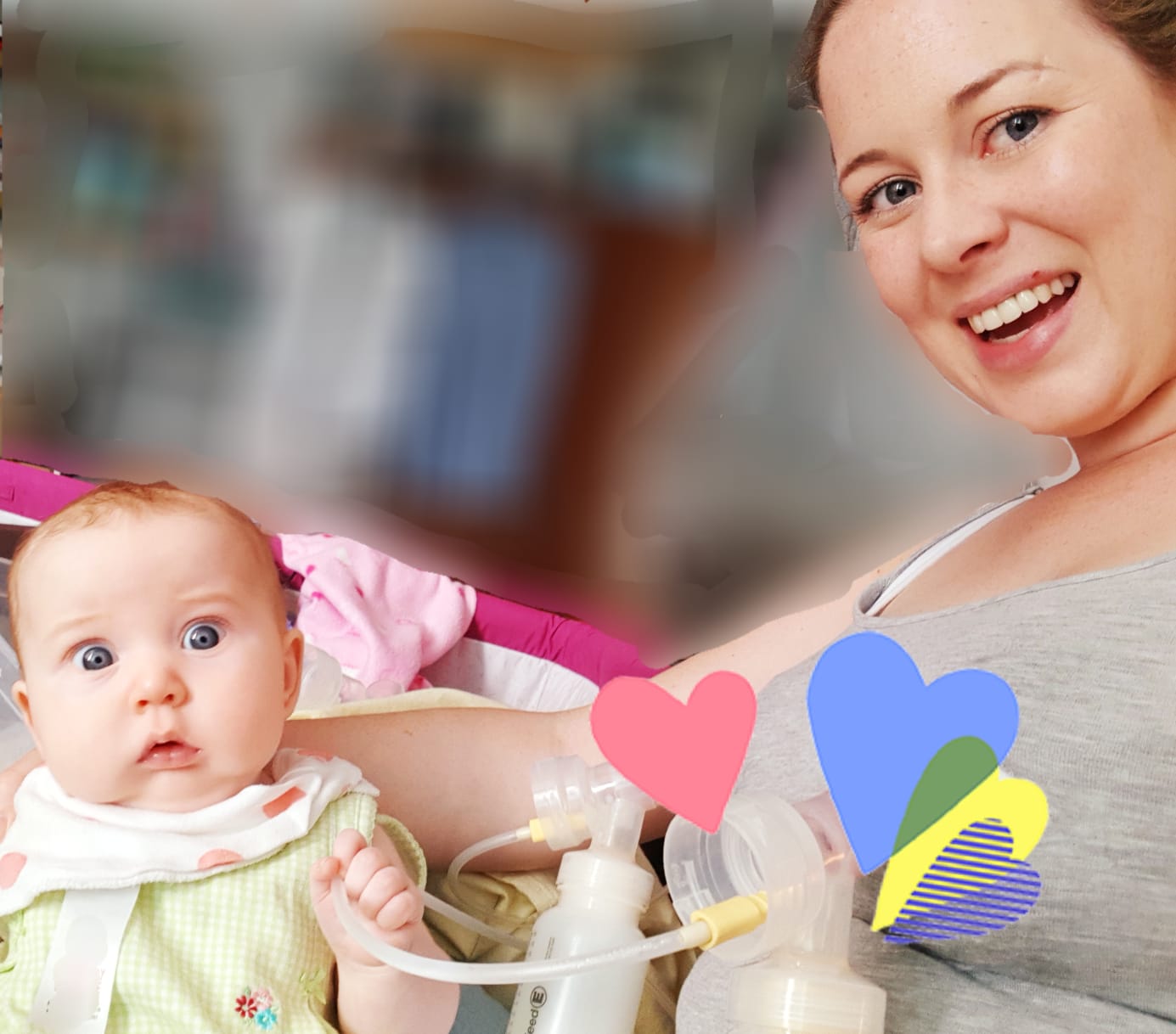VBAC Mothers are real!
/Hi I am here…a real life, breathing VBAC mum :)
So many of our DoulaCare Ireland clients do not believe that VBAC’s actually happen in Ireland. Well as a doula I have supported them, as an antenatal educator I have taught parents about them and earlier this year I experienced a VBAC personally.
My beautiful baby daughter Kayla Rose (a bit of a social media celebrity now) arrived in a whirlwind on 25th March 2018. I had an intervention free VBAC, supported by my husband, doula and midwife (an obstetrician was there also but I have very vague memories of her as she was not my focus)
As Kayla’s birthday starts to draw closer, I have started to write my birth story. I will upload it in two parts (its a long story even though the birth itself was fast) That will give you all a full run through of my VBAC.
Before labour began I was admitted to hospital at 38 weeks for polyhydraminos (too much amniotic fluid) and baby in an unstable lie. Kayla was lying diagonally across my tummy. This meant there was a high risk of cord prolapse if my waters released. So after weighing up all my options, the pros & cons I decided to stay in hospital. (see my pregnancy blogs and our social media posts during March 2018 for videos/updates etc) You can also look back through my weekly pregnancy blogs ;)
There was lots of talk about elective caesarean but I held firm that I would like to try for a VBAC. I was confident in my body’s ability to birth my baby. There was a lot of negotiation and I found being informed about my options really helped in these situations. I knew the benefits and risks and studies that were done around vaginal birth after caesarean and also repeat caesareans. I was never against caesarean. I knew it was one option and if that ended up being the case I was ok with it, once I was listened to. My main priority was always to have a safe birth BUT I also wanted to have a positive experience. I found having doula support a great advantage as I had someone that I could bounce my thoughts and feelings off, who was non-judgemental and impartial and made a great sounding board for me. They supported me as I mourned the birth I wanted (to labour at home before going into hospital), and help prepare me for my change in circumstances. The brain training techniques in the GentleBirth app also helped me keep my focus and stay calm as things changed for me.
During my pregnancy I did all I could to empower myself. I worked on my physical and mental health. Over the 9 months I worked on building a positive mindset. preparing my husband to be my advocate. I armed myself with great support, in the shape of my informed husband and my wonderful Doula. I took time for self care. I had regular reflexology, used aromatherapy, had shiatsu, realigned my pelvis with chiropractic treatments, listened to daily affirmations, GentleBirth tracks and had a vision board. I knew my VBAC wasn’t going to just land in my lap. I had to take ownership and prepare for it.
I stayed really positive and used my time on the antenatal ward to focus my mind and prepare my body. I went into spontaneous labour just as I was going to bed on the 24th of March. I did consent to having the CTG, even though I had originally felt I did not want it (more detail to come in my birth story) However I was clear that I chose my own position and moved with my body.
Kayla Rose entered the world at 4.17am, the night the clocks went forward. So my labour lasted less than 3 hours. She was 8lbs 2oz, at 38+6 gestation.
I escaped with only a small 1st degree tear and no abnormal blood loss.
I did it!
Jen with baby kayla enjoying skin to skin,surrounded by love with (hubby paul taking the photo), midwife jo (rotunda) and doula mim.
It was such a high and I was so proud of myself. I haven’t really spoken about that high much. There was complications after, as Kayla was born with an undiagnosed cleft palate and Pierre Robin Sequence but that was not connected to our VBAC. My moment of euphoria only lasted a second before we realised something was wrong with our baby.
So after a bit of my story…. I experienced a VBAC in an Irish maternity hospital. Yes at times during my pregnancy I felt like there was a huge spotlight over my head. Yes I had to negotiate and be firm at times. Yes I had a wobble myself during labour, when I had a burning sensation across my scar but I did it. The evidence says many more woman can safely do it too.
Preparing for a VBAC can definitely be a rollercoaster and support is crucial. Most people (including health care providers) just assumed I would be having a repeat Caesarean. I knew VBAC was safe, I was aware of the evidence and for me it was the option I hoped for.
There is a lot of misinformation out there about VBAC birth. You will hear care providers tell people that they can have a VBAC but only labour for so many hours as it is dangerous for the scar (not evidence based), or they cannot go over 40 weeks in case the scar ruptures (not evidence based), or because it has only been 2 years since their last baby their scar may be too weak (not evidence based)…you get the picture!!! So in order to have a successful VBAC you do need to prepare yourself. Below I have listed some of my top tips for anyone hoping for a VBAC.
“What are my top tips?
Empower yourself with knowledge and the latest evidence.
Educate yourself and your partner so they are also aware and can advocate for you if needed.
Get yourself a Doula!
Take an independent childbirth class - a Cuidiu antenatal class or a GentleBirth workshop, or a VBAC specific workshop (also given by an independent provider).
Try to be under midwifery led care if possible.
Peer support is hugely helpful. The VBAC in Ireland Facebook group is a great support network of Mums who have tried for a VBAC, or are trying (LINK)
Don’t be afraid to ask questions at appointments (bring a notebook if it helps)
Know you have the right to decline any option of care once you understand the benefits and risks (a caesarean, a CTG trace, an induction and so on)
Remember to use BRAIN as a tool when discussing your options (both for you and your baby)
Example:
What are the BENEFITS of a repeat caesarean?
What are the RISKS of a repeat caesarean?
What are the ALTERNATIVES?
What does my gut INSTINCT say? Need more INFORMATION?
What happens if I do NOTHING for now and wait to make a decision? ”
Remember DoulaCare Ireland are here to support you through your VBAC. Ask us questions, gain information & support but above all, gain the skills to make informed decisions for your individual situation.
I wish you luck on your journey. Whatever the outcome, what is important is that you have a positive experience - at the centre of that is making informed decisions and feeling supported.
Doula Jen x
Some Further reading :
http://aimsireland.ie/vaginal-birth-after-caesarean-vbac/
https://www.hse.ie/eng/services/list/3/acutehospitals/hospitals/cavanmonaghan/maternity-services/consultant-led-care/maternityvaginalbirth%20aftercaesarean.pdf
https://www.rcm.org.uk/tags/vbac
https://www.rcog.org.uk/globalassets/documents/guidelines/gtg_45.pdf
https://evidencebasedbirth.com/topfive/




















